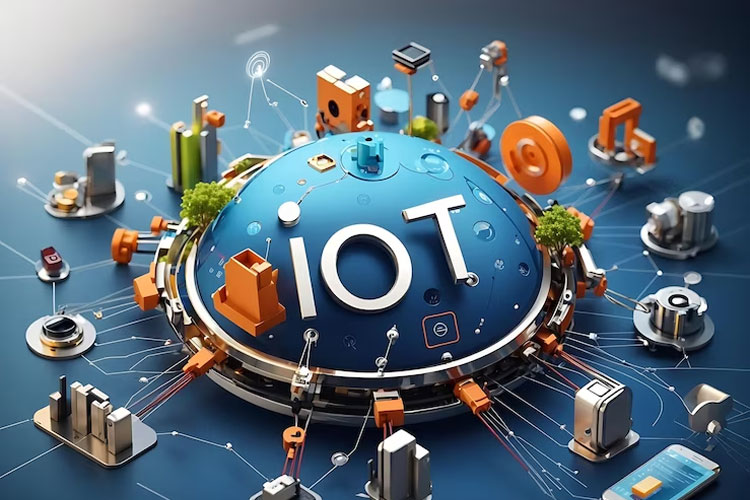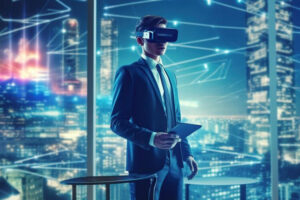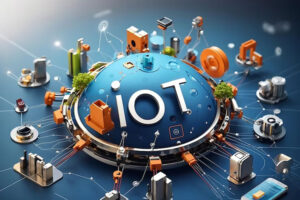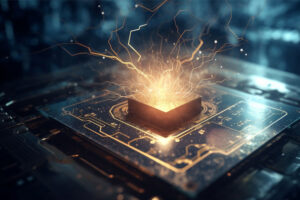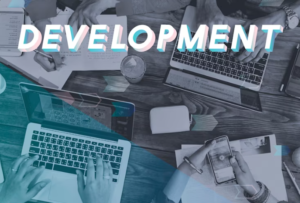IoT Devices Impact and Their Impact on Daily Life in 2024
Introduction
The Internet of Things (IoT) has been steadily gaining ground in recent years, and in 2024, it continues to transform the way we live and interact with our surroundings. This blog post explores the world of IoT devices and their significant impact on our daily lives.
What is the Internet of Things (IoT)?
The Internet of Things refers to the network of physical objects or “things” embedded with sensors, software, and connectivity, enabling them to collect and exchange data with other devices and systems over the internet. These devices range from smart thermostats and wearables to connected cars and industrial machinery.
IoT Devices in Daily Life
Smart Home Devices
IoT has revolutionized home automation. Smart thermostats, lights, locks, and cameras allow homeowners to control their environments remotely, enhance security, and reduce energy consumption.
Wearable Technology
Wearable devices like smartwatches and fitness trackers track our health and activity levels, providing real-time data and encouraging healthier lifestyles.
Connected Cars
IoT-enabled vehicles offer advanced features such as real-time navigation, remote diagnostics, and even self-driving capabilities, making transportation safer and more efficient.
Healthcare
IoT plays a crucial role in remote patient monitoring and telemedicine. Devices can transmit patient data to healthcare providers, improving patient care and reducing hospital stays.
Smart Cities
IoT sensors in urban infrastructure help monitor traffic, manage energy consumption, and enhance public safety. Smart traffic lights, waste management, and environmental monitoring are just a few examples.
Industrial IoT (IIoT)
In industries, IoT devices improve operational efficiency and reduce downtime. Sensors in manufacturing equipment can predict maintenance needs, saving time and resources.
Impact on Daily Life
- Convenience: IoT devices simplify daily tasks. Voice-activated assistants, for example, allow users to control their homes with simple commands.
- Efficiency: IoT devices help optimize resource use. Smart grids and energy management systems reduce waste and cut utility bills.
- Safety and Security: Connected security cameras and alarm systems offer enhanced protection, and wearable devices can send emergency alerts in case of accidents or health issues.
- Health and Wellness: Wearables and health monitoring devices empower individuals to take charge of their health by providing insights and data.
- Environmental Impact: IoT-enabled environmental monitoring can help address issues like air quality and pollution, contributing to a more sustainable future.
Future Trends
- 5G Integration: The rollout of 5G networks will enable faster and more reliable connections for IoT devices, paving the way for more sophisticated applications.
- Edge Computing: Edge computing allows data processing to occur closer to the source, reducing latency and improving real-time responsiveness.
- AI Integration: Artificial intelligence will play a more significant role in IoT devices, enabling them to analyze data, make predictions, and adapt to user preferences.
Conclusion
IoT devices have become an integral part of our daily lives, offering convenience, efficiency, and improved quality of life. As we progress into 2024 and beyond, the IoT landscape will continue to evolve, bringing new possibilities and innovations to enrich our daily experiences.

